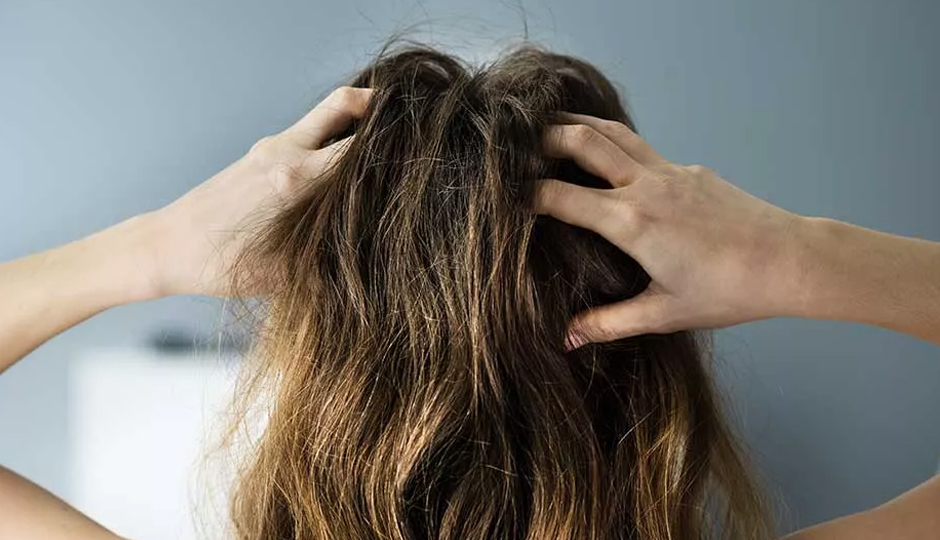Side Effects Of Waxing You Must Be Aware About
By: Priyanka Maheshwari Mon, 28 Sept 2020 5:00:16

Nowadays, there are easy methods to remove hair from all parts of your body, from the pubic area to the upper lip. One of the most common ways to get rid of unwanted hair is to wax your body hair off. With every method of hair removal comes side effects, and it is important to know the side effects of waxing before you try it.
Redness and irritation
One of the most common side effects after waxing is redness and irritation, which generally depends on the sensitivity of the skin. Waxing involves the hair being removed from the follicle, which is also associated with the pain that comes with waxing because the hairs are being ripped from their roots. Try to avoid friction on the area afterward and wear loose clothing.

Allergic reaction
Some people may have an allergy to the ingredients in the wax, leading to a mild or severe allergic reaction. In one case, a woman formed a red, itchy rash on her skin due to direct contact with wax. You should first test a small area to see how it affects the skin.
Pimples after waxing
Waxing will inevitably leave your pores open and breakouts can occur afterward due to bacteria entering through tiny areas of trauma in the skin, leading to inflammation and potential infection. It is common to get tiny bumps or whiteheads after a wax whether you are getting your eyebrows, upper lip, or another part of your body done. Using a gentle exfoliator prior to waxing and then applying an anti-inflammatory agent like witch hazel toner can help prevent these pesky breakouts.

Skin infection after waxing
A skin infection may develop after waxing if there is an area with excessive irritation or trauma. A piece of skin may get torn and become inflamed, causing a condition called folliculitis, or infection of the hair follicles, to occur. This refers to the pimple-like rash from a minor infection of the hair follicles that have been left open due to the waxing.
Ingrown hairs after waxing
Wax pulls the hair out rapidly and this disrupts the hair follicle. When the hair grows back, it can regrow inward rather than outward as it normally would, resulting in an ingrown hair. This often happens because wax is pulled in the opposite direction of hair growth.

Risks of waxing pubic hair
Waxing the pubic area breaks the skin barrier, which can allow for viral entry and transmission, potentially increasing the risk of acquiring sexually transmitted infections (STIs). There is some evidence that removing all the hair from a bikini wax is correlated with an increased risk of STI transmission although more studies are needed to fully assess this.





